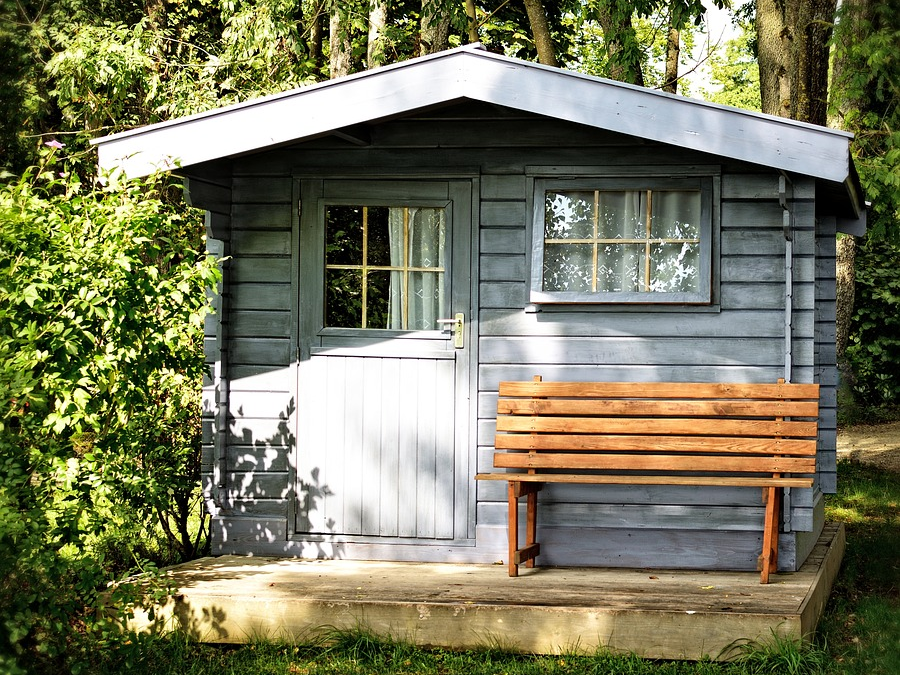Financing a prefab accessory dwelling unit (ADU) might seem overwhelming at first. Yet, with the right approach, it can be manageable and rewarding.
Whether you’re looking to create additional living space or rental income, understanding your options is key. From loans to savings, there are several ways to fund your project. How do you know which financing method is best for your needs?
We’ll break down different ways to finance your prefab accessory dwelling unit while keeping your ADU design goals in mind. Keep reading.
Home Equity Loans and Lines of Credit
A home equity loan or line of credit is one popular option for financing. This method allows homeowners to borrow against the equity in their property.
The funds can be used to cover the cost of materials and construction for an ADU. Interest rates are usually lower than personal loans, making it a more affordable choice. It’s important to have your home appraised to determine how much equity is available.
Government Grants and Incentive Programs
Some states and cities offer grants or incentives to help homeowners build ADUs. These programs are designed to encourage the construction of additional housing.
In California, for example, several grants for building an ADU in California can reduce the cost. The money you receive doesn’t need to be repaid, making it an excellent option if available.
Research local programs and eligibility requirements to see what’s offered in your area. This approach can make financing easier and more affordable.
Personal Loans for ADU Financing
If you don’t have enough home equity, a personal loan is another option. Personal loans have higher interest rates but can be easier to qualify for. Lenders offer various loan amounts based on your credit score and income.
Personal loans don’t require collateral, making them a good choice for homeowners with little equity. Yet, it’s essential to compare interest rates and loan terms. With careful budgeting, a personal loan can cover the full cost of an ADU.
Cash-Out Refinance for ADU Construction
Another option for financing is a cash-out refinance. This involves replacing your current mortgage with a new one, at a higher amount. The extra funds are then used for your ADU project.
With this method, you can take advantage of lower interest rates while using your home’s value to fund construction. Cash-out refinances work well for homeowners who already have equity built up. Consider closing costs and the new loan terms before making a decision.
Savings and Self-Funding
If possible, using your savings to fund the construction of your ADU is the most straightforward option. Self-funding eliminates the need for interest payments or debt. It also allows you to stay in full control of your budget throughout the project.
Yet, it requires careful planning to ensure your savings cover the entire cost. Savings can be combined with smaller loans or grants to complete the financing. If you’re prepared, self-funding is a smart and flexible way to build your ADU.
Learn How to Finance a Prefab Accessory Dwelling Unit
Financing a prefab accessory dwelling unit requires careful consideration of your options. Whether you choose a loan, grant, or use your savings, each method comes with pros and cons. To build an ADU successfully, it’s important to choose the right financial path.
By understanding your available resources, you can make informed decisions that suit your budget and timeline. With the right financing, building your prefab accessory dwelling unit becomes an achievable goal for any homeowner.
Did you find this article helpful? If so, check out the rest of our site for more informative content.

Recent Comments